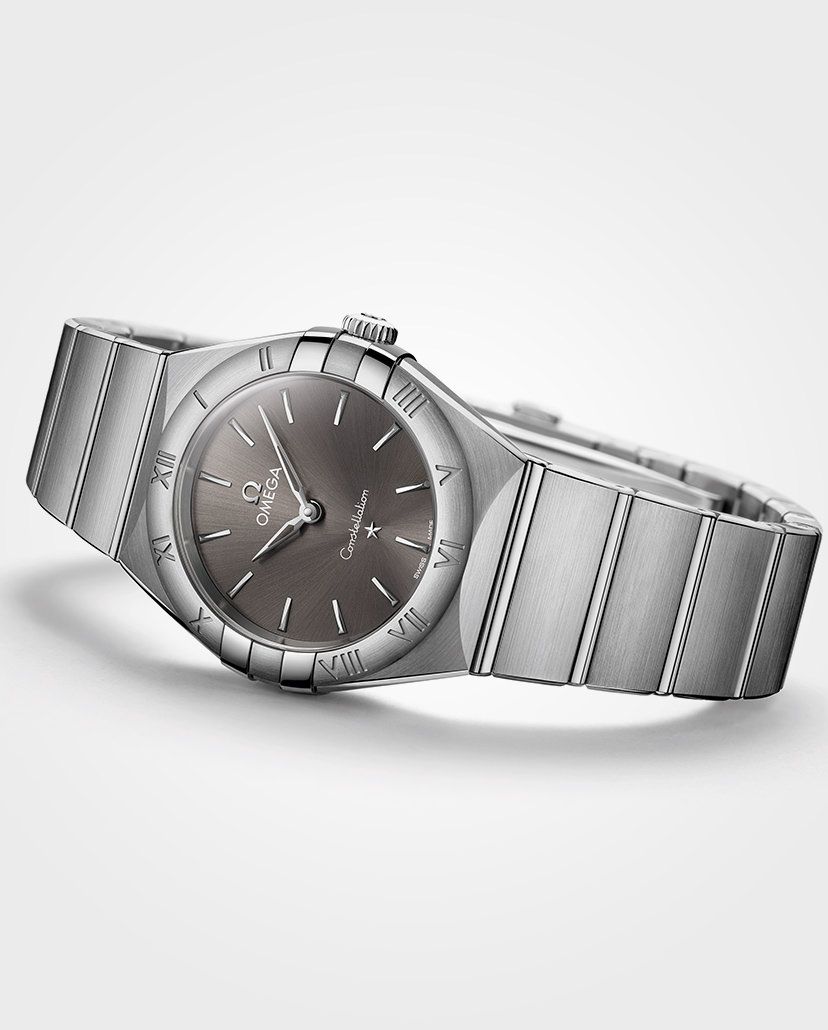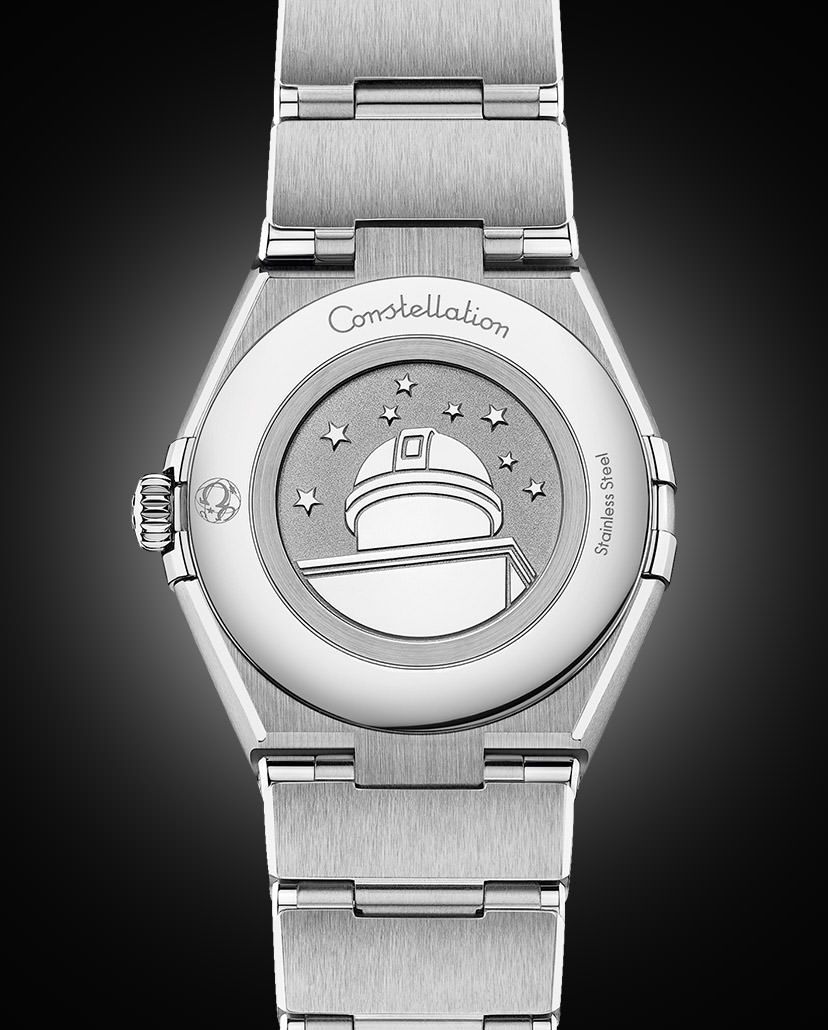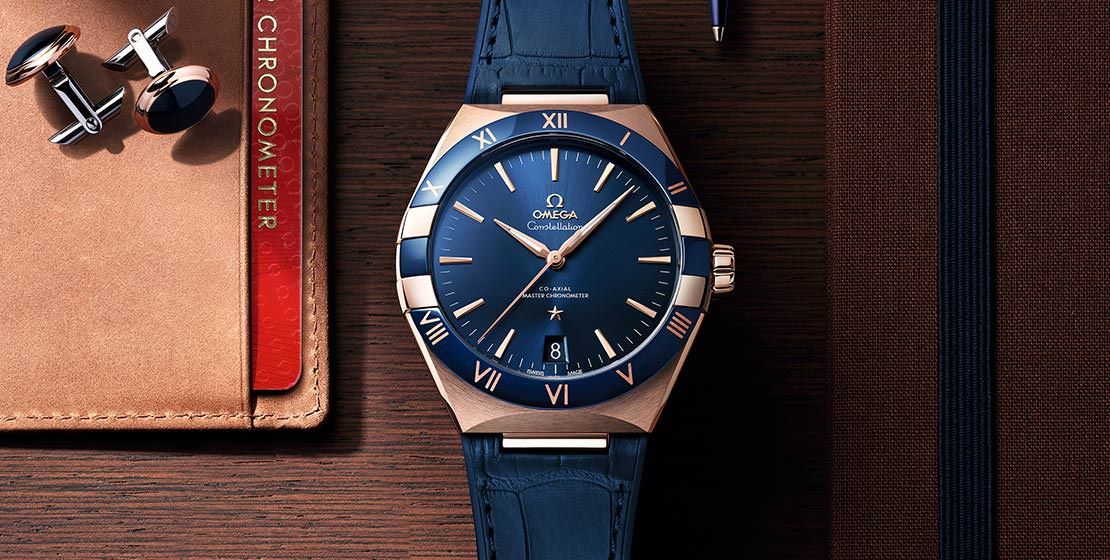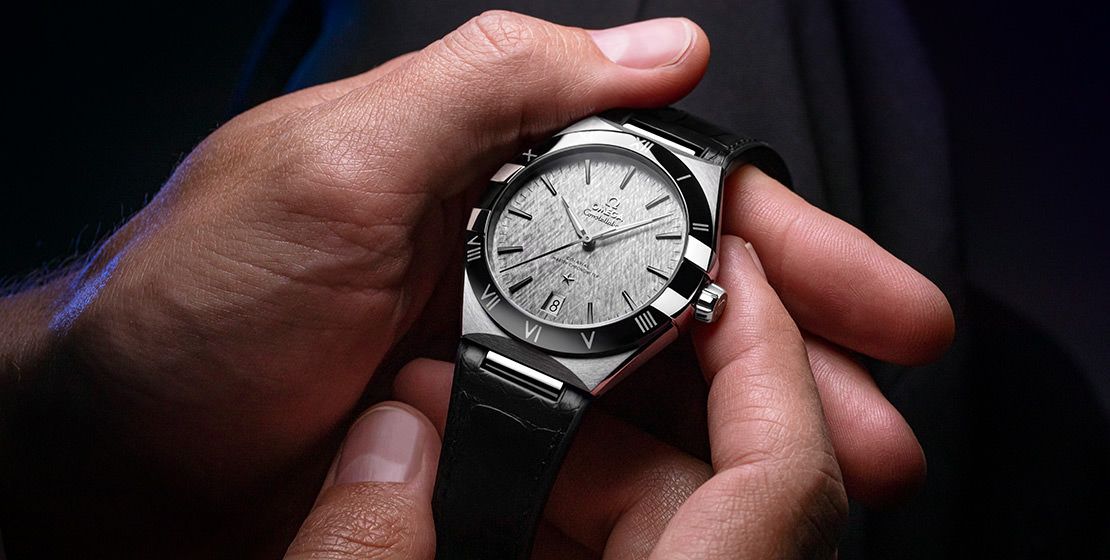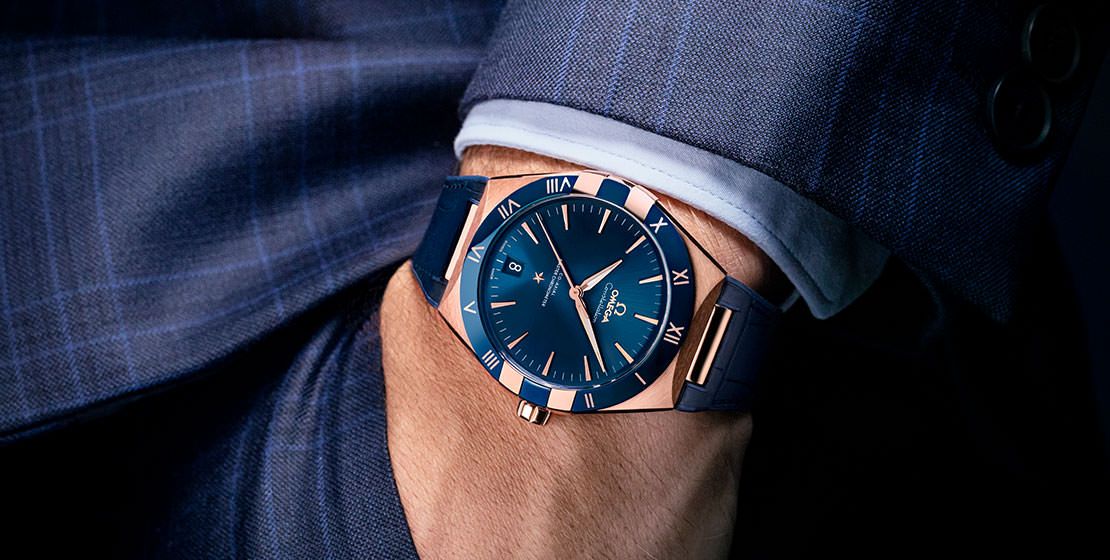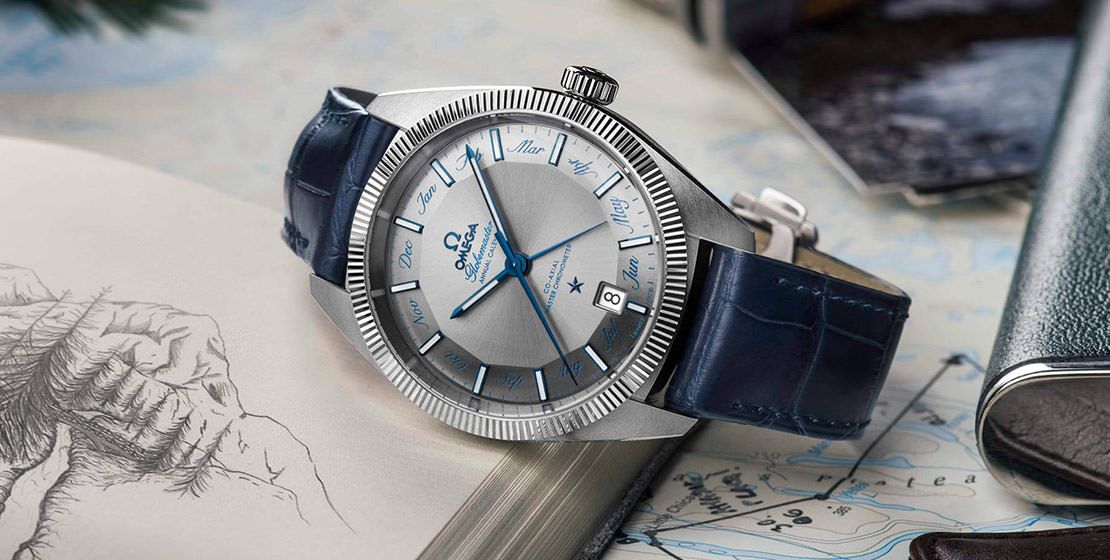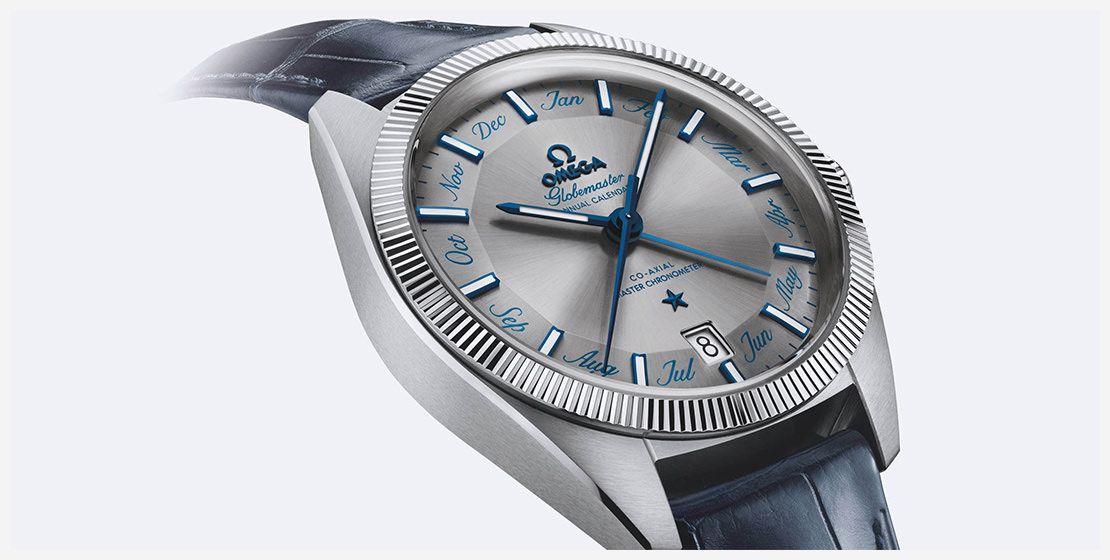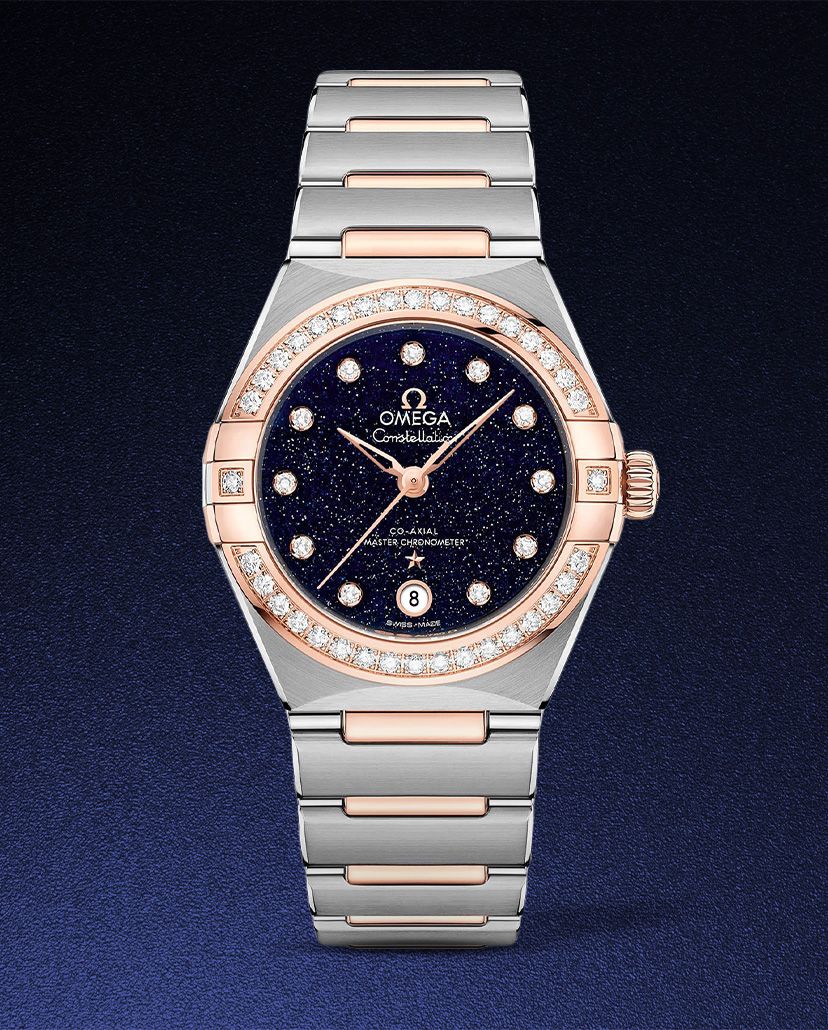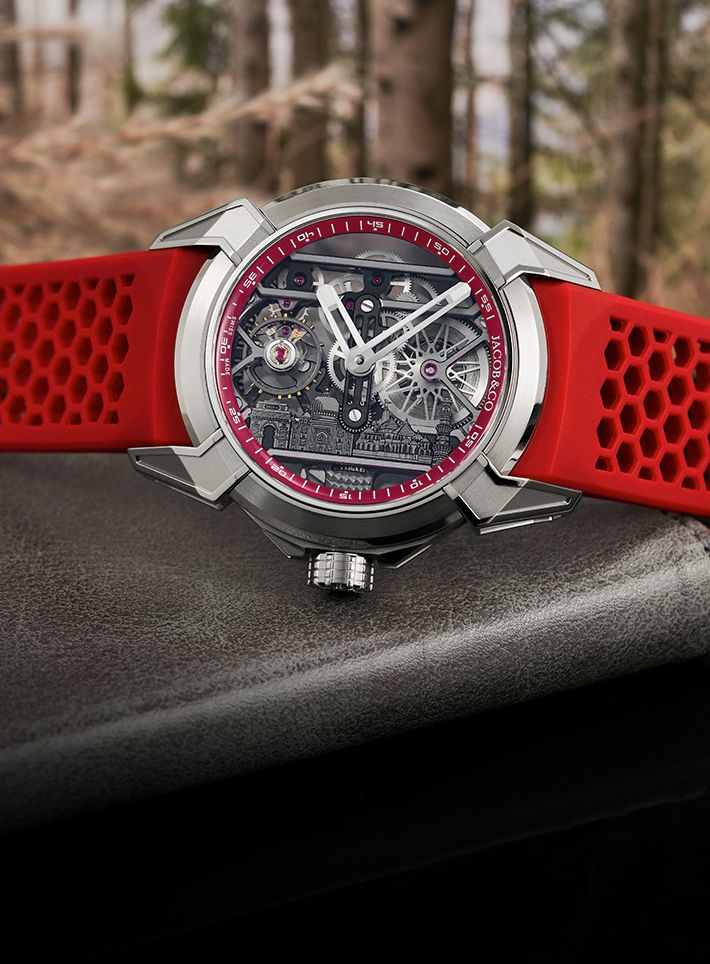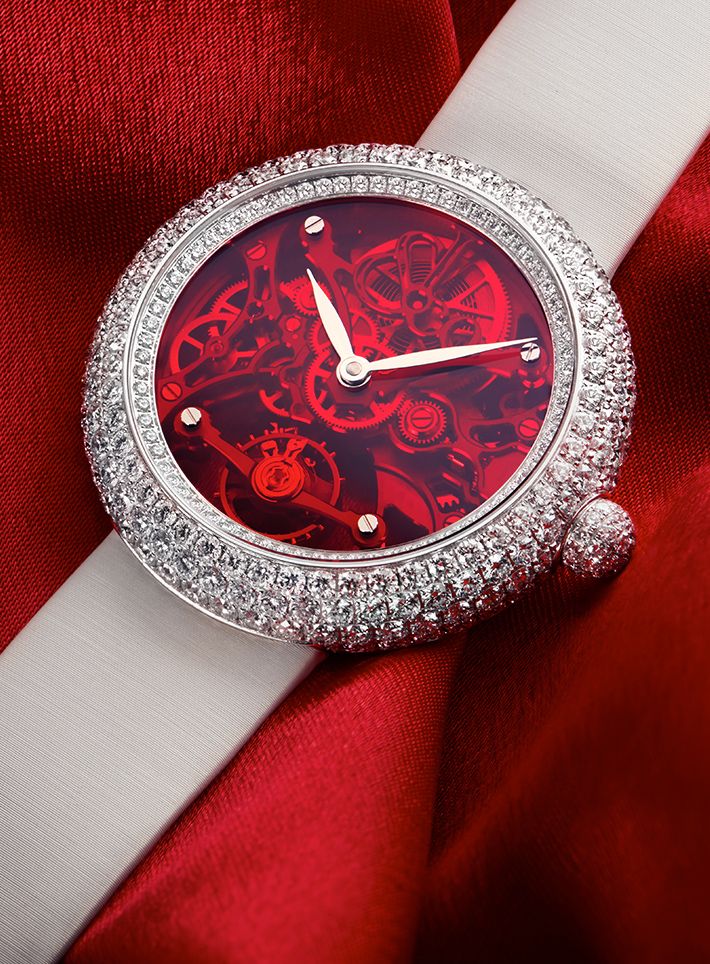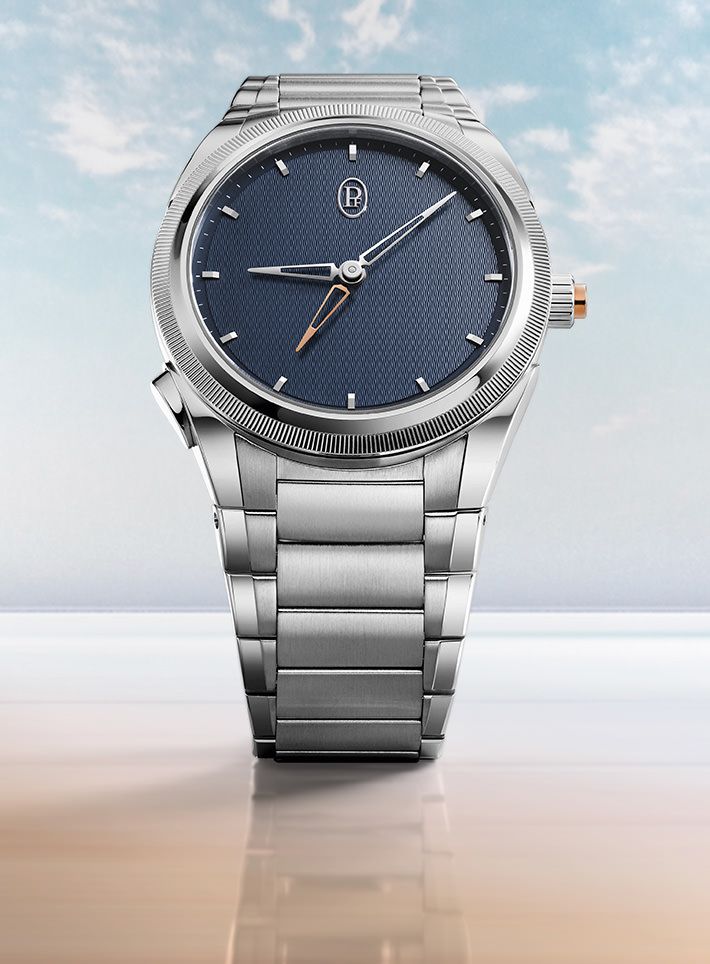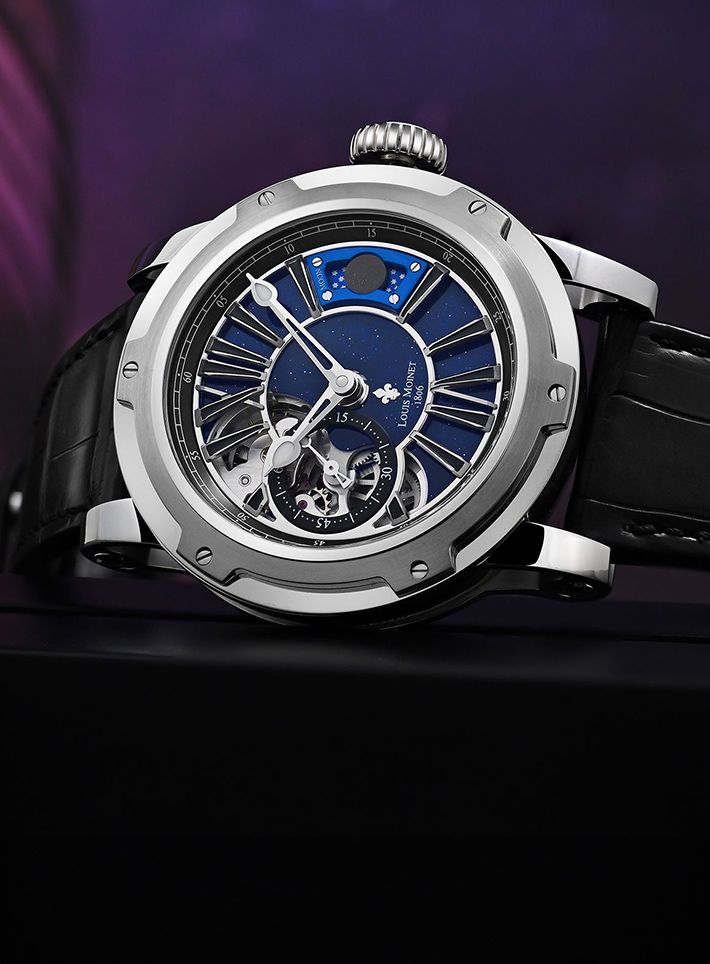FeatureHorological Folklore: The Illustrious History Of Omega’s Constellation Collection
Launched almost seven decades ago, the Constellation is one of the oldest and the most enduring collections by Omega. Offering high-quality timepieces for both men and women, it perfectly represents the watchmaker’s obsession with skilful craftsmanship and innovation
May We Recommend
The Constellation might not have gone to the moon or been featured in a blockbuster spy movie, but it is currently one of the oldest collections offered by Omega. Tracing its roots back to the late 1940s, the range has gone through several transformations yet never compromised on the watchmaker’s philosophy of presenting the highest standard of precision and performance. From offering the distinctive pie-pan dials during the 1950s to the slim and sleek quartz watches launched two decades later and then releasing the Manhattan sub-collection—best known for its signature ‘claws’—the Constellation is a fitting example of Omega’s ability to fine-tune its high-quality watchmaking skills according to the evolving taste and aesthetics. So, let’s take a closer look at the long and broad history of this collection and why it still remains a crowd-pleaser.
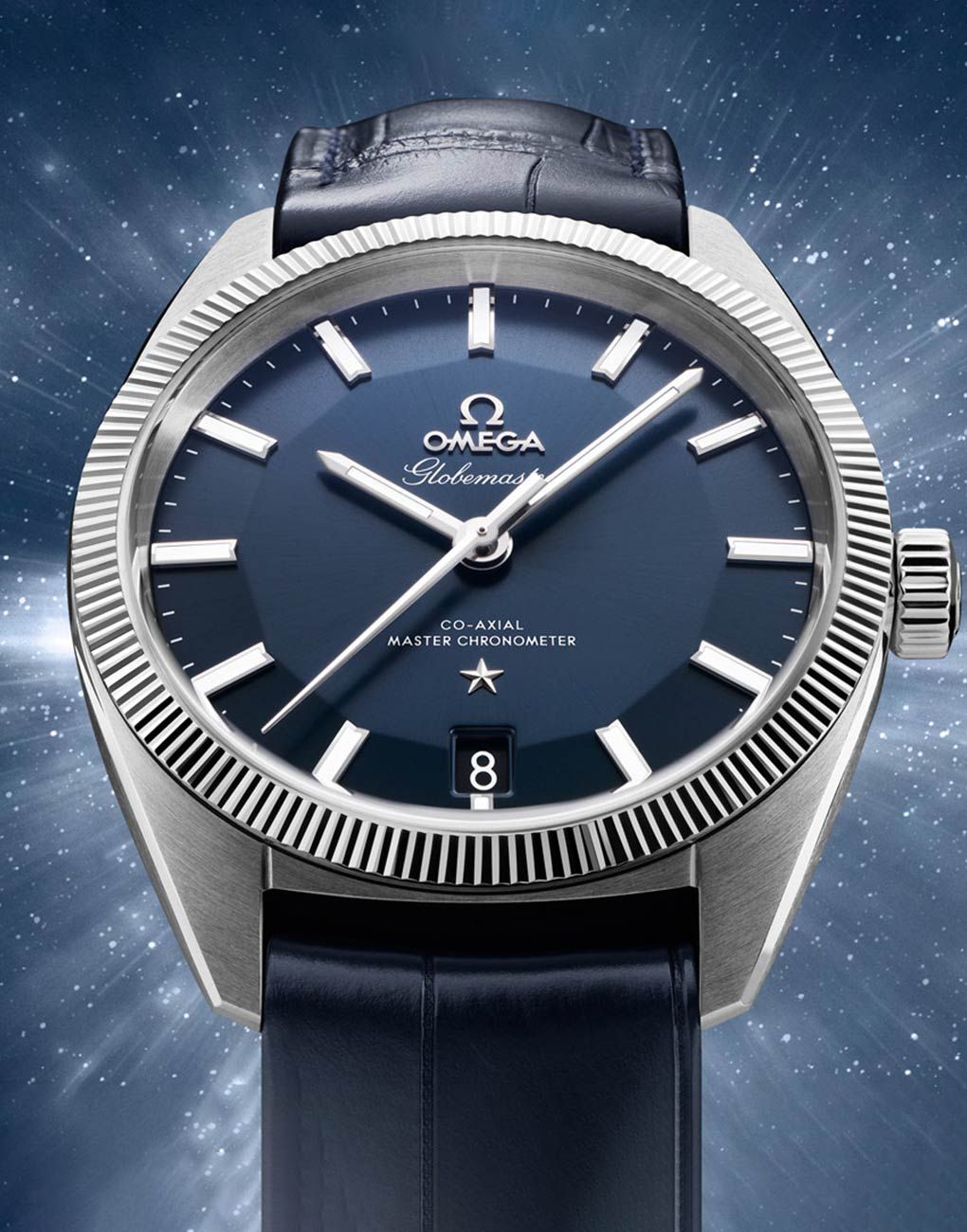
A Strong Debut
The story of the Constellation began in 1948 when to mark their 100th anniversary, Omega released a limited edition timepiece called the Centenary. Crafted exclusively from solid gold, it was the brand’s first chronometer-certified watch with a self-winding movement. Much to Omega’s surprise, the Centenary received an overwhelming response from critics and watch collectors alike and they decided to introduce an all-new collection of chronometers to capitalise on the emerging market. This led to the birth of the Constellation in 1952.
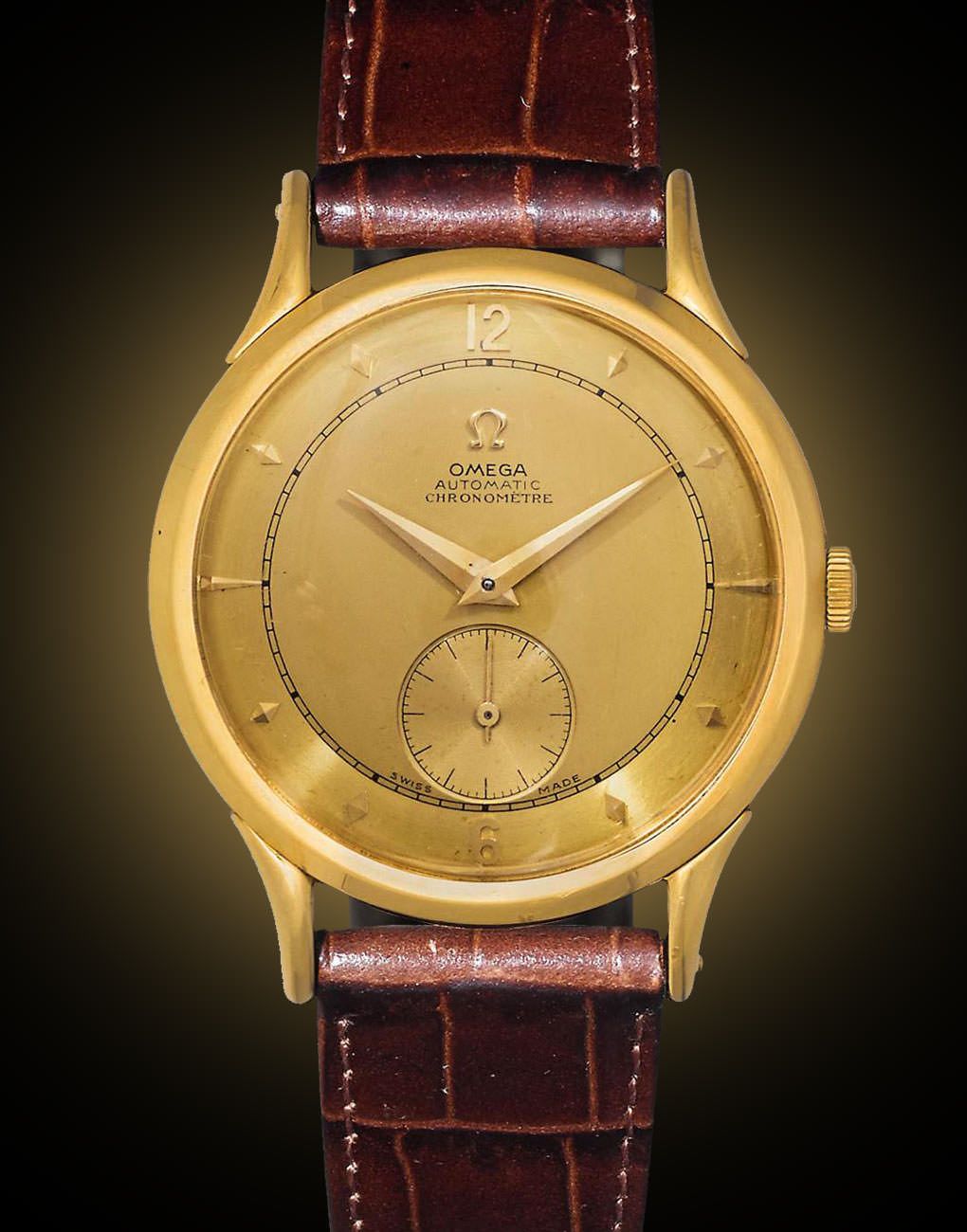
With its first few batches designed only for men, the Constellation range offered timepieces with a slew of remarkable and distinctive features. However, what hogged all the attention was the 12-sided dial with a raised centre, which gained the moniker of the pie-pan dial. Apart from this, the display also consisted of faceted triangular hour markers along with a star and the name of the collection at the six o’clock position. Overall, the Constellation watches had a clean and well-balanced display, providing a disarmingly attractive appearance. But these timepieces weren’t just about looks. They were equipped with the ultra-accurate calibre 354, which had been tested for precision by Bureaux Officiels de Contrôle de la Marche des Montres (BO)—predecessor to the present-day Contrôle Officiel Suisse des Chronomètres (COSC). The movement was hidden behind a sealed caseback with a medallion featuring the Observatory of Geneva crowned by a constellation of eight stars. The emblem represented Omega’s world record in 1933 and 1936 for precision in every single category at the observatory of Kew-Teddington in England.

A Meteoric Rise
By the 1960s, the Constellation had gone through a complete makeover. The pie-pan dials were replaced by flat ones, the hour markers were now straight instead of the older faceted triangular ones and the round cases gave way to the ovoid-shaped silhouettes. Also, it was during this era that Omega began pairing the timepieces of the range with integrated bracelets and for the first time introduced their flawlessly finished coin-edged bezel that added a touch of luxury to the watches. In terms of the movement, the watchmaker powered the new generation of timekeepers with their calibre 500 series, which came with a full 360-degree smooth rotor automatics and offered a top-notch performance. Even after a decade since its launch, the Constellation continued to allure a substantial number of watch collectors until towards the end of the 60s, when Seiko released their first-ever quartz watch, Astron, and kick-started the quartz revolution.
As sales of automatic watches plummeted, Omega—unlike most of the luxury brands—decided to release three lines of watches, including the Constellation, with quartz movement. Moreover, the watchmaker experimented with a lot of designs and aesthetics in order to distinguish themselves from the ubiquitous quartz timepieces available in the market. However, all these updates fell flat on the surface as the craze for quartz watches kept soaring while Omega struggled to stay afloat.
A Solid Comeback
After reeling with the crippling consequences of the quartz revolution for almost a decade, Omega finally got back on their feet with the release of the Constellation Manhattan family in 1982. Designed under the guidance of Carol Didisheim, a 26-year-old art graduate from the School of Decorative Arts in Geneva, the new range came with an enduring and eye-catching design language. The watches took their aesthetic codes from the Art Deco movement and were presented in a barrel-shaped case with smooth curves and rounded edges. What stood out about the Manhattan timepieces was their four distinctive claws that extended from the case over the crystal. Located at three and nine o’clock positions, these claws helped grant water resistance rating to the watches and became the hallmark of the collection. Another feature that became synonymous with the Manhattan was its ergonomically designed integrated bracelet that came with hinge bars. Executed to perfection, the bracelet exemplified Omega’s obsession with the concept of uninterrupted visual flow.
Although the early Manhattan watches were powered by quartz movements, the watchmaker in the later years used the range as a platform for the rebirth of automatic calibres. Two years after the release of the range, Omega introduced timepieces equipped with calibre 1111—based on ETA 2892-A2—that was the epitome of ultra-high accuracy and stunning performance. Such was the success of the Manhattan style that it eventually took over the Constellation and still remains an essential part of the collection.
Contemporary Constellation
As the Manhattan range became a mainstay within the Constellation, Omega continued to add new variants to the collection with some minor updates. However, this changed in 2003, when the watchmaker decided to power the watches with their first-ever Co-Axial Calibre 2500, which offered substantially low friction in comparison to the traditional Swiss lever escapements. The first timepiece to be equipped with this movement was the Constellation Double Eagle and needless to say, it sent shockwaves across the horological industry. Subsequently, co-axial escapement movements became the standard throughout the brand’s catalogue.
Another big update in Constellation came in 2015 when Omega released the Constellation Globemaster. Paying tribute to the Centenary model, the timepiece marked the return of the pie-pan dial, coin-edged bezel and ovoid-shaped case. Not only this, the watch manufacturer released their groundbreaking Co-Axial Master Chronometer movement, the calibre 8900. Certified by METAS, the movement was resistant to magnetic fields up to 15,000 gauss and was capable of storing a power reserve of an impressive 60 hours. In the next few years, Omega added more variants to the Globemaster line and also released its perpetual calendar models—the watchmakers released three new iterations of the Globemaster Perpetual Calendars in 2021.
Here To Stay
Today, the Constellation offers timepieces with countless dial, case and movement variations and aims to meet the needs and requirements of both modern men and women. Although it isn’t a flagship collection by Omega anymore, it remains deeply rooted in its glorious history and perfectly exhibits Omega’s drive for innovation and high-quality craftsmanship.


